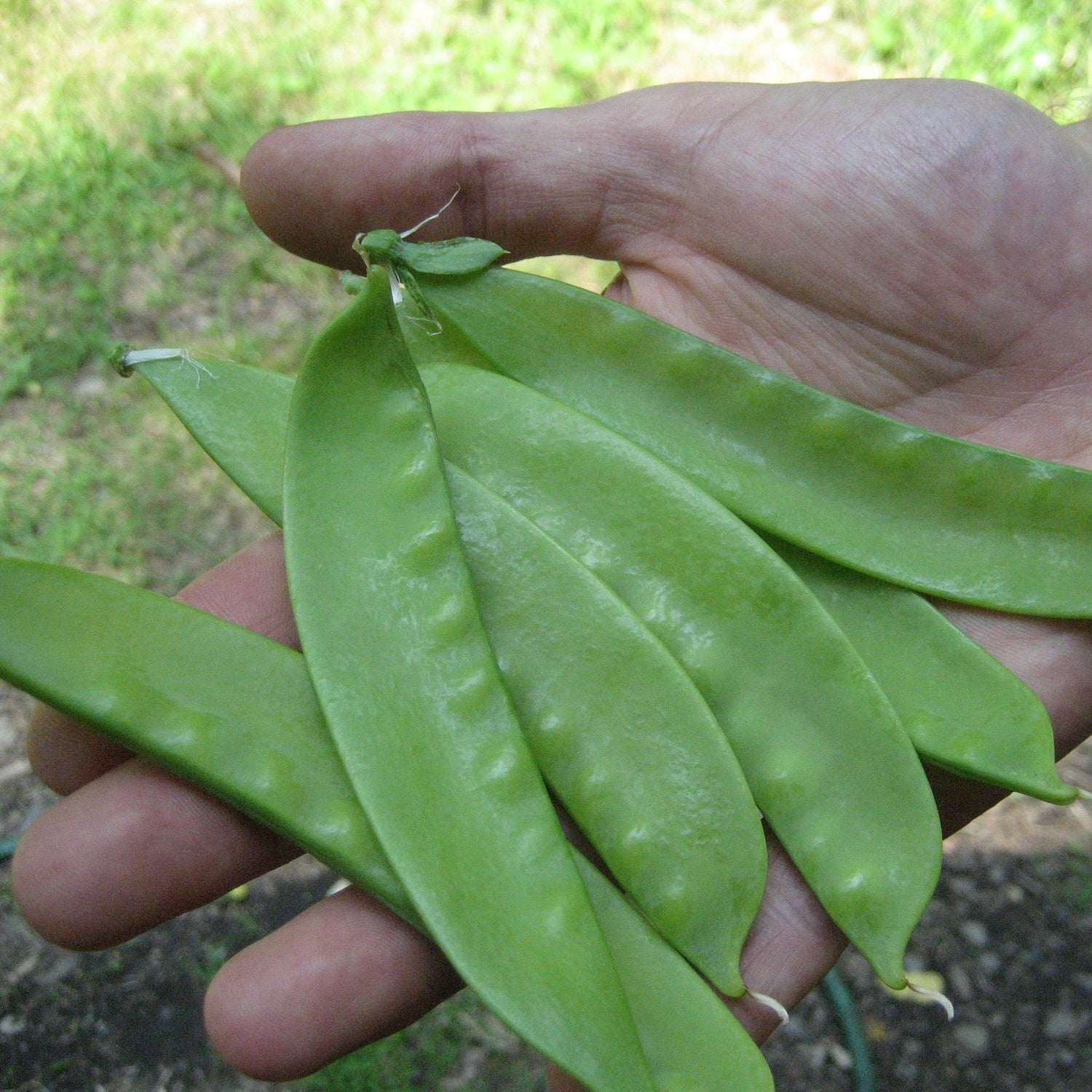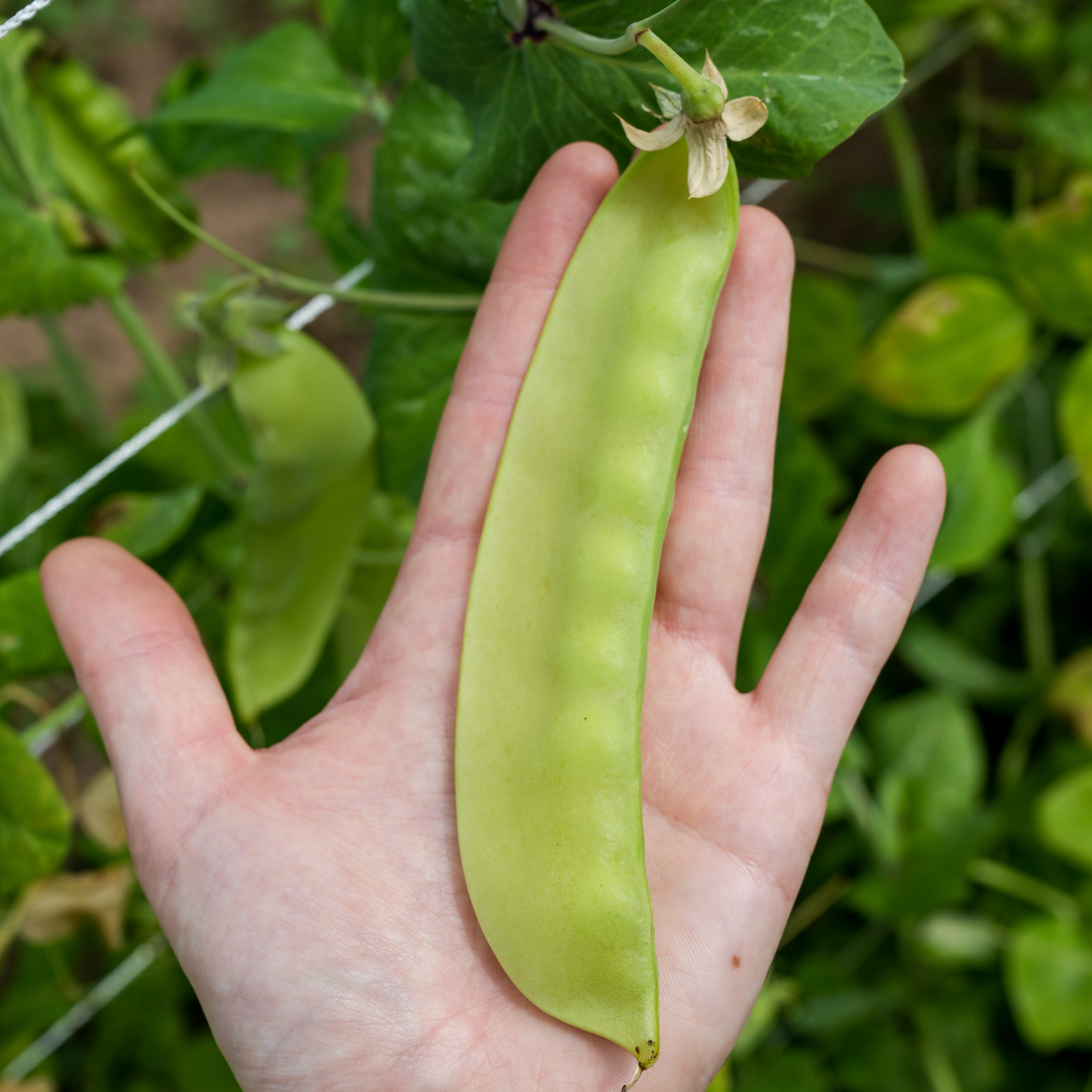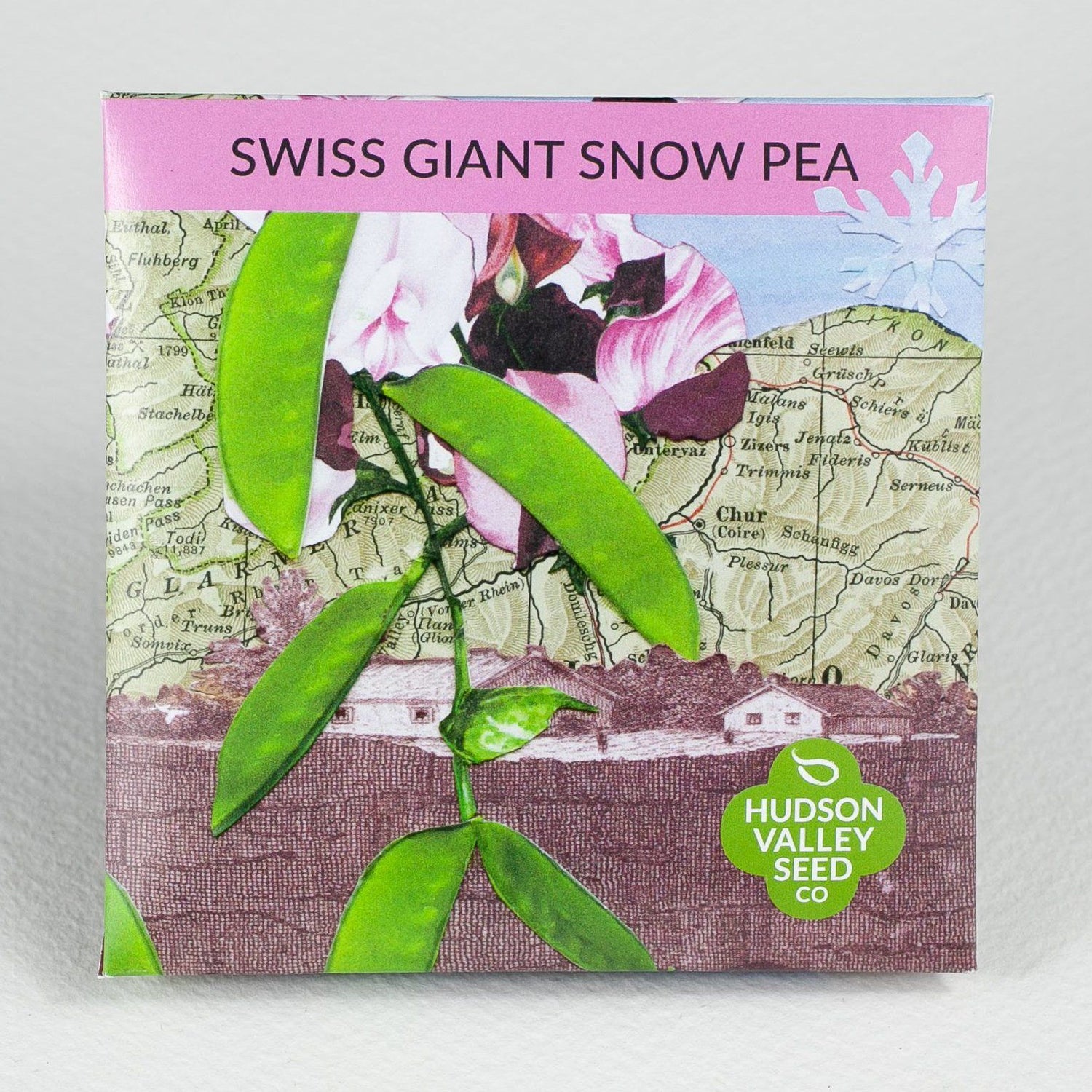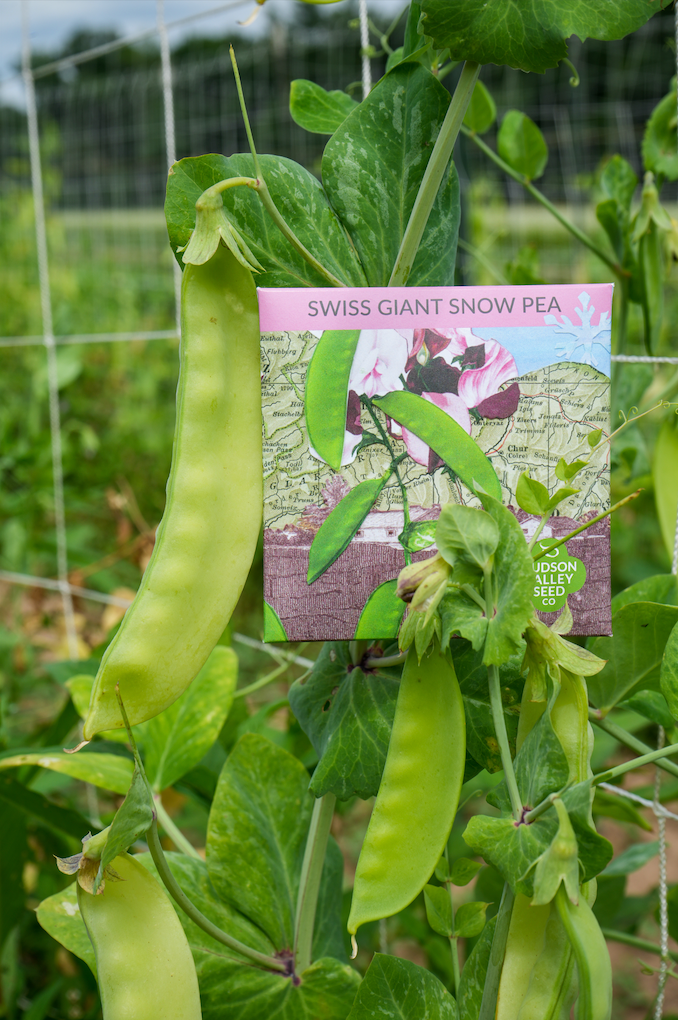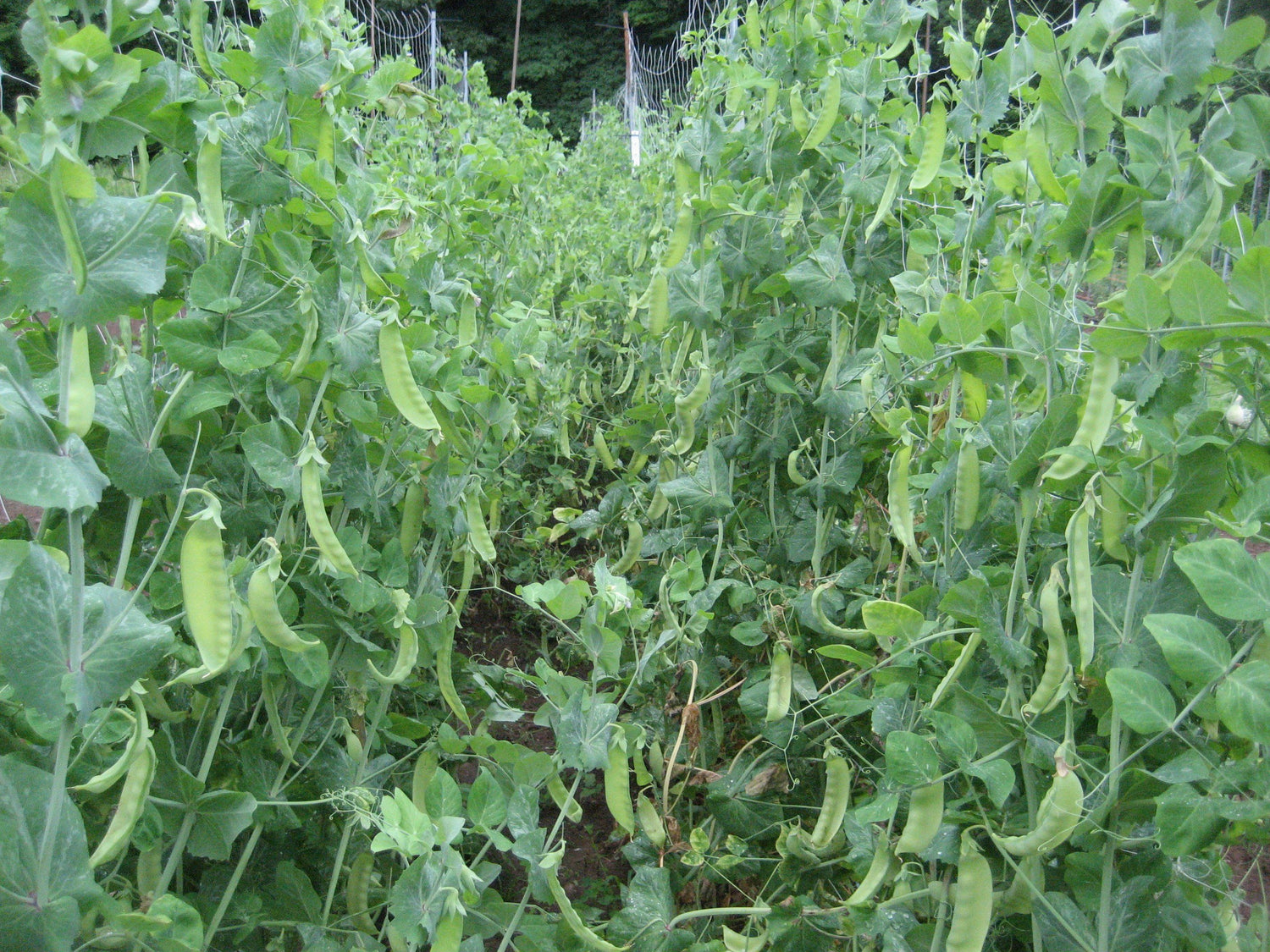Swiss Giant Snow Pea
Pisum sativum
Sustainably Grown
Microgreens Suitable
Delightful as an ornamental and an edible variety.
For the Swiss, peas are part of their national identity. Primitive garden peas were found during excavations beneath houses of the ancient Swiss lake dwellers, which date back to the Bronze and Stone Ages. Much later, but not too far away, Austrian monk-scientist Gregor Mendel used peas in his famous experiments to demonstrate the heritable nature of specific traits. These experiments led to an essential understanding of genetics that still informs seed savers and seed breeders today.
Tall, robust vines double as an ornamental with large bi-colored flowers in shades of pink and burgundy. 5' vines produce high yields of 3-4" pale, sweet pods.
Couldn't load pickup availability
Growing instructions
Product Details
| Days to Maturity | 60 days |
|---|---|
| Days to Germination | 7-10 days |
| Width at Maturity | 2" |
| Height at Maturity | 72" |
| Sun Conditions | Partial Sun (4-6 hours Sun), Full Sun (8+ Hours Sun) |
| Planting Depth | 1" |
| Row Spacing | 36" |
| Plant Spacing | 1-2" |
About the artist
Artwork by Sara Pearce (1952-2020). Sifting through history to learn about the origins of plant varieties is like going on an archeological dig. Through collage, Sara reimagines giant peas, slaloming down Swiss slopes, towards the buried remains of early dwellers.
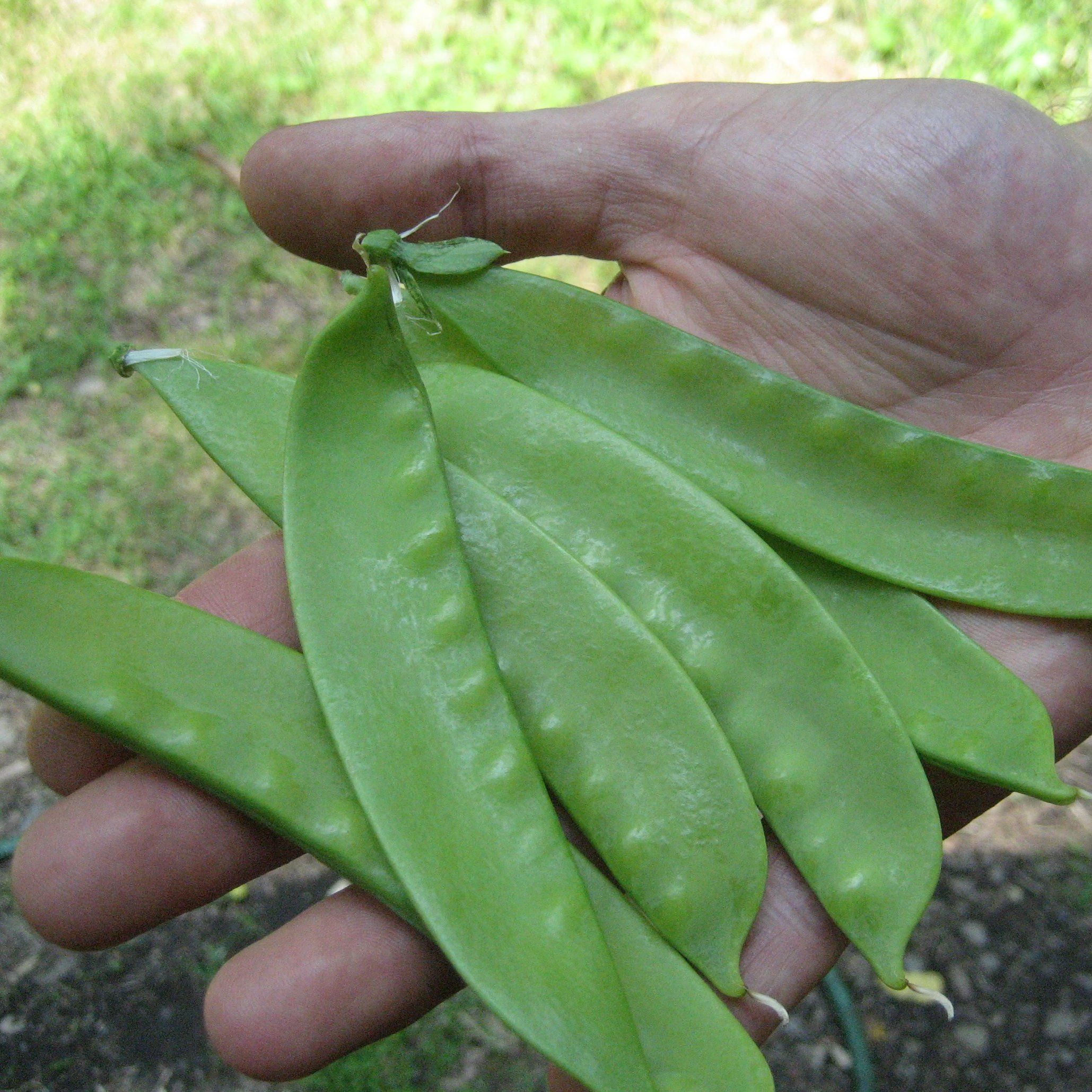
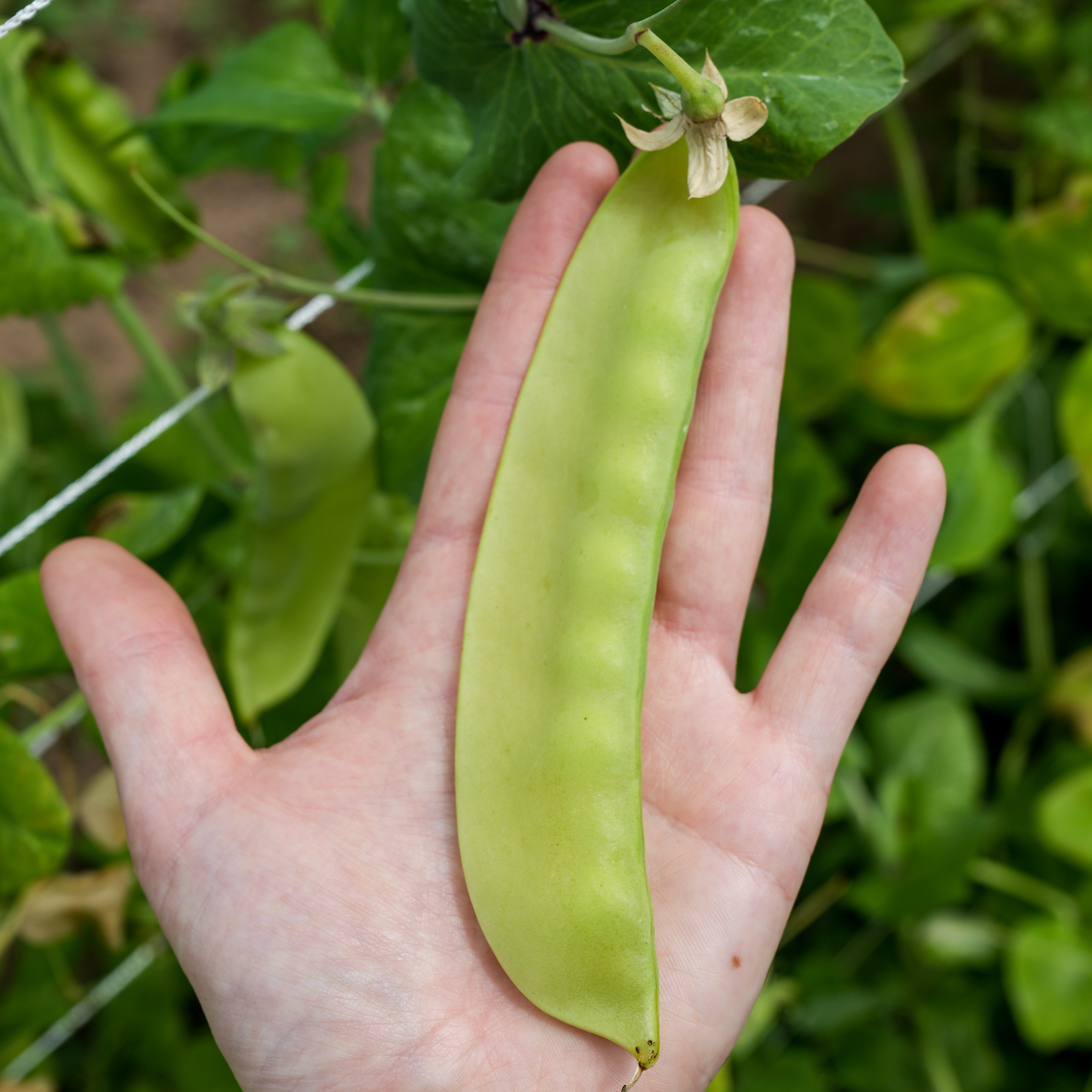
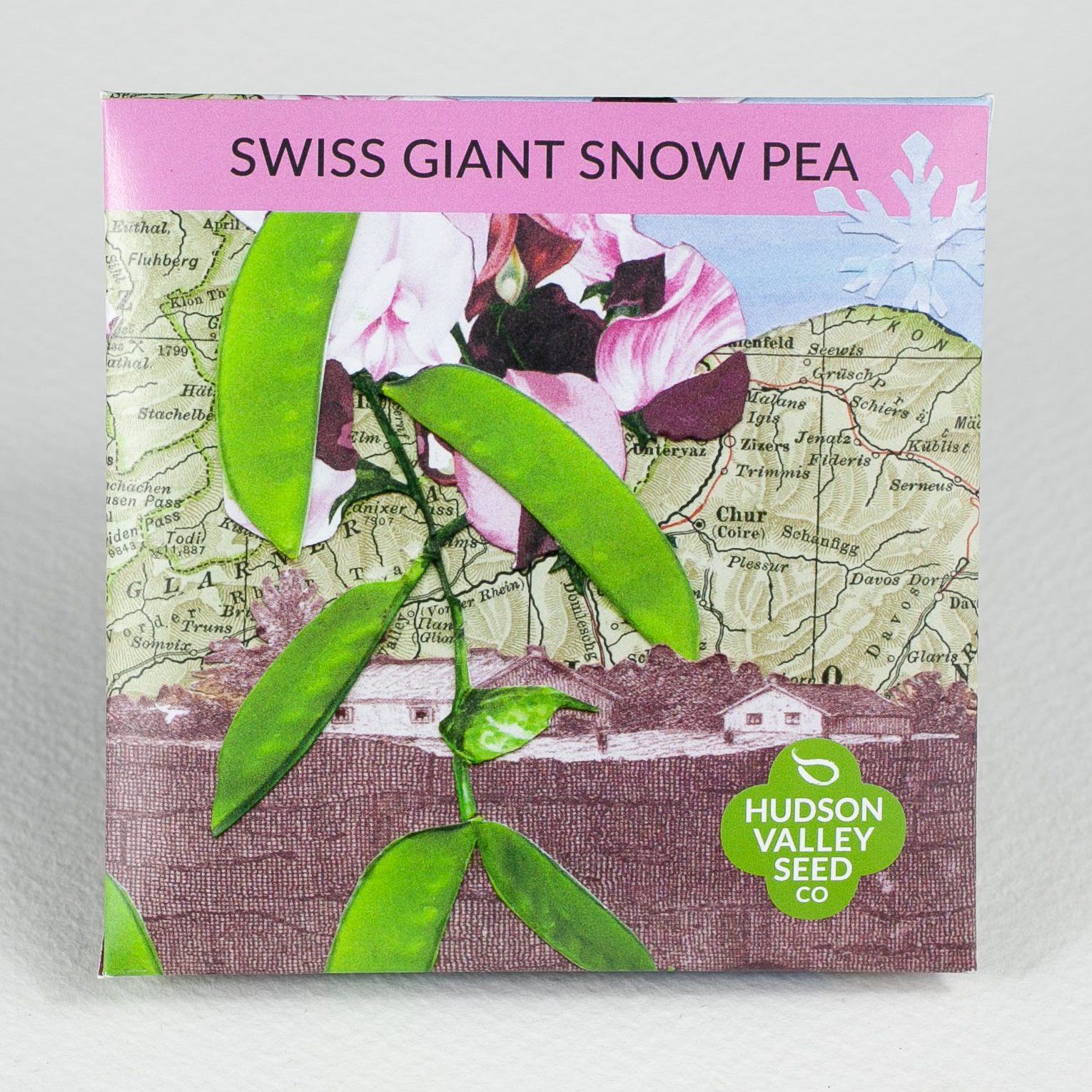

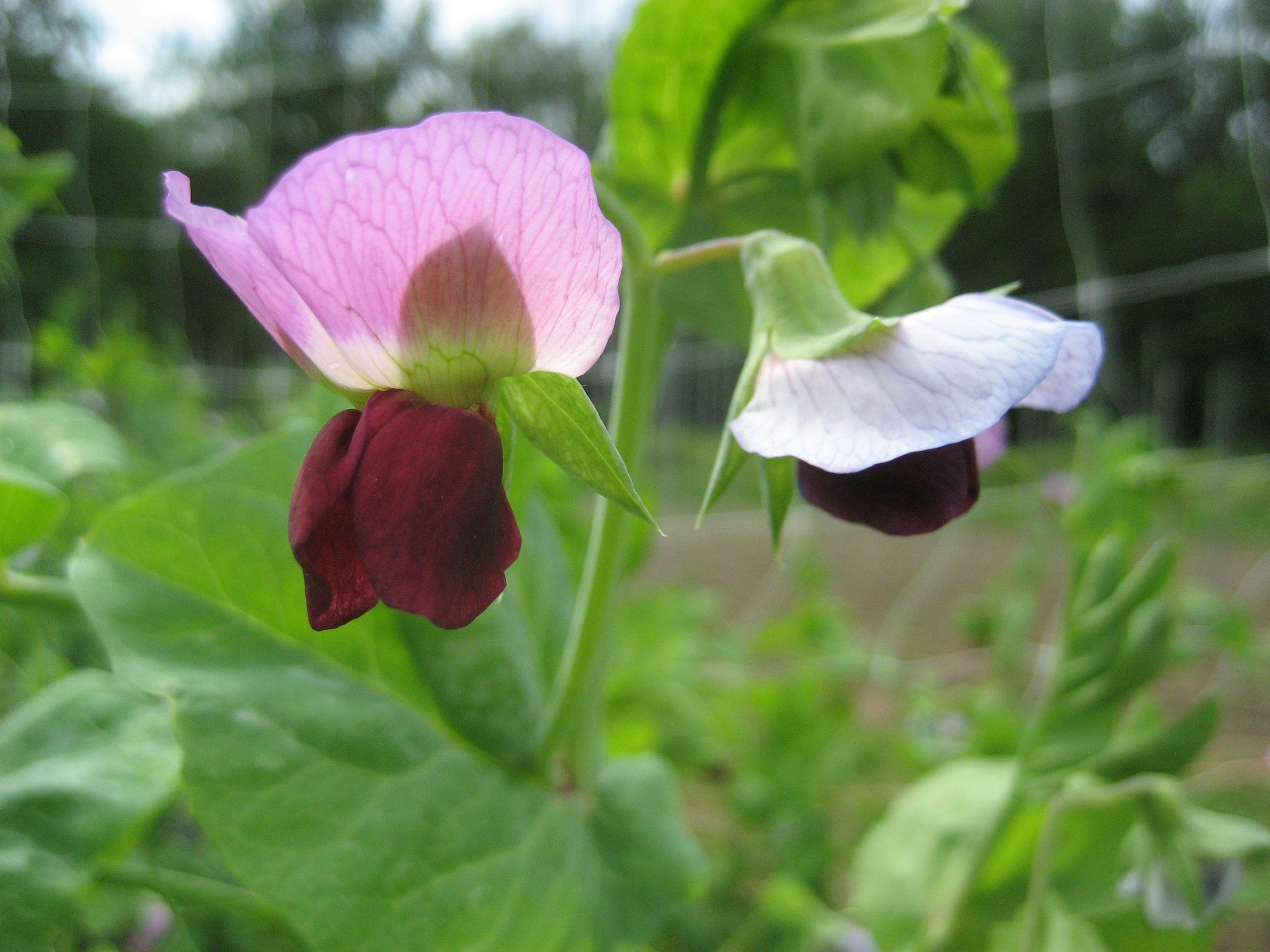
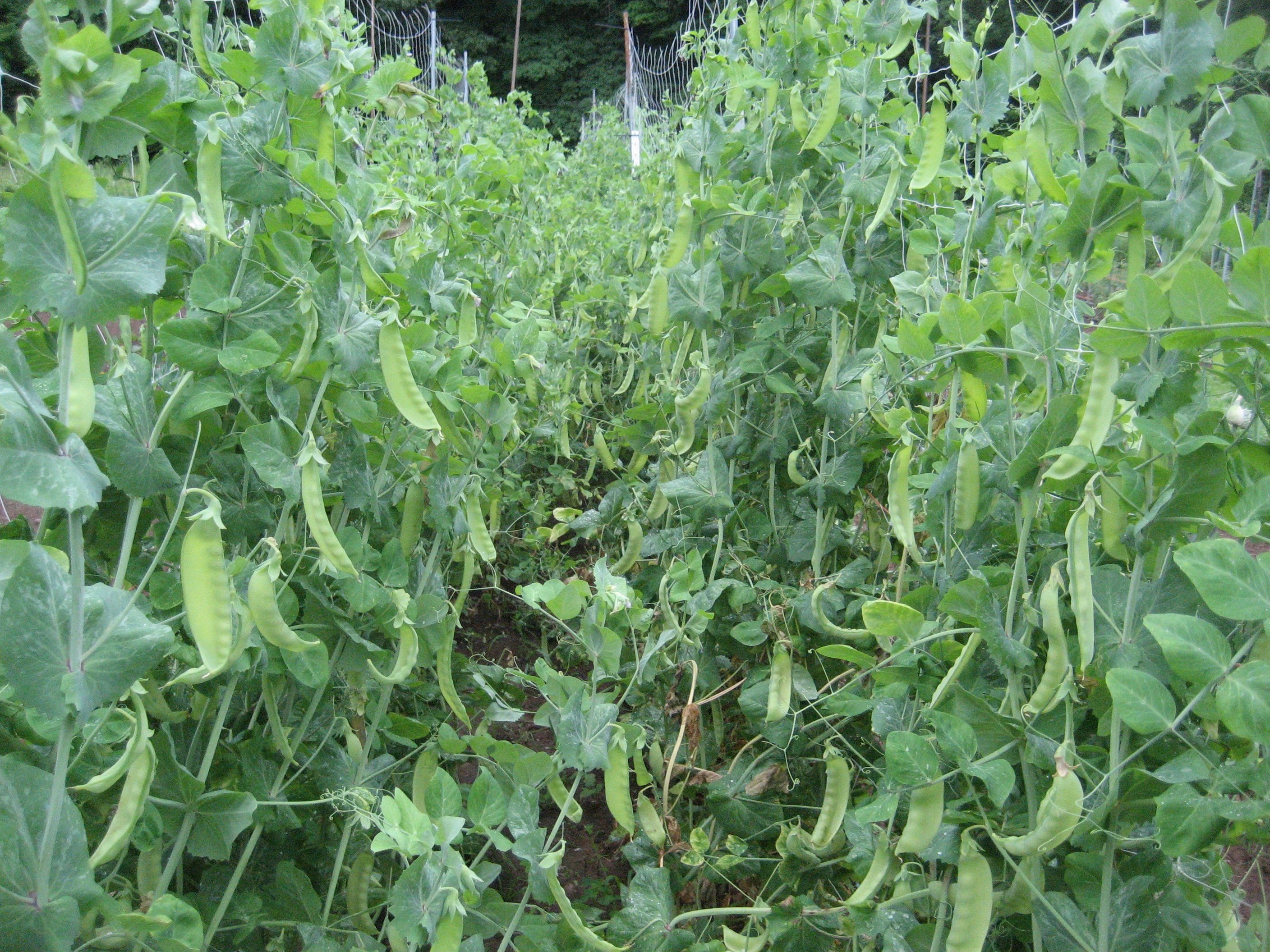

Swiss Giant Snow Pea
- Regular price
-
$4.29 - Regular price
-
- Sale price
-
$4.29


